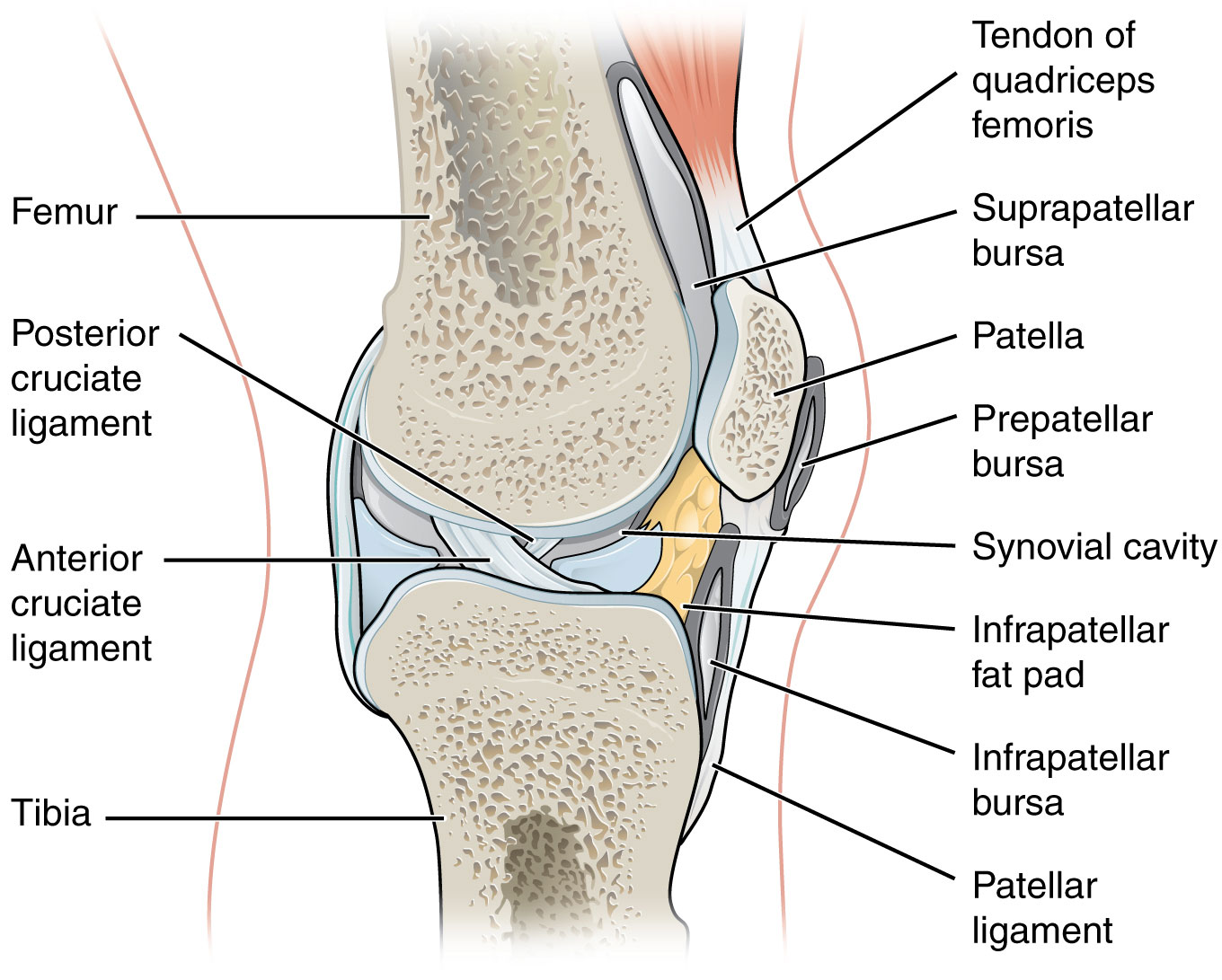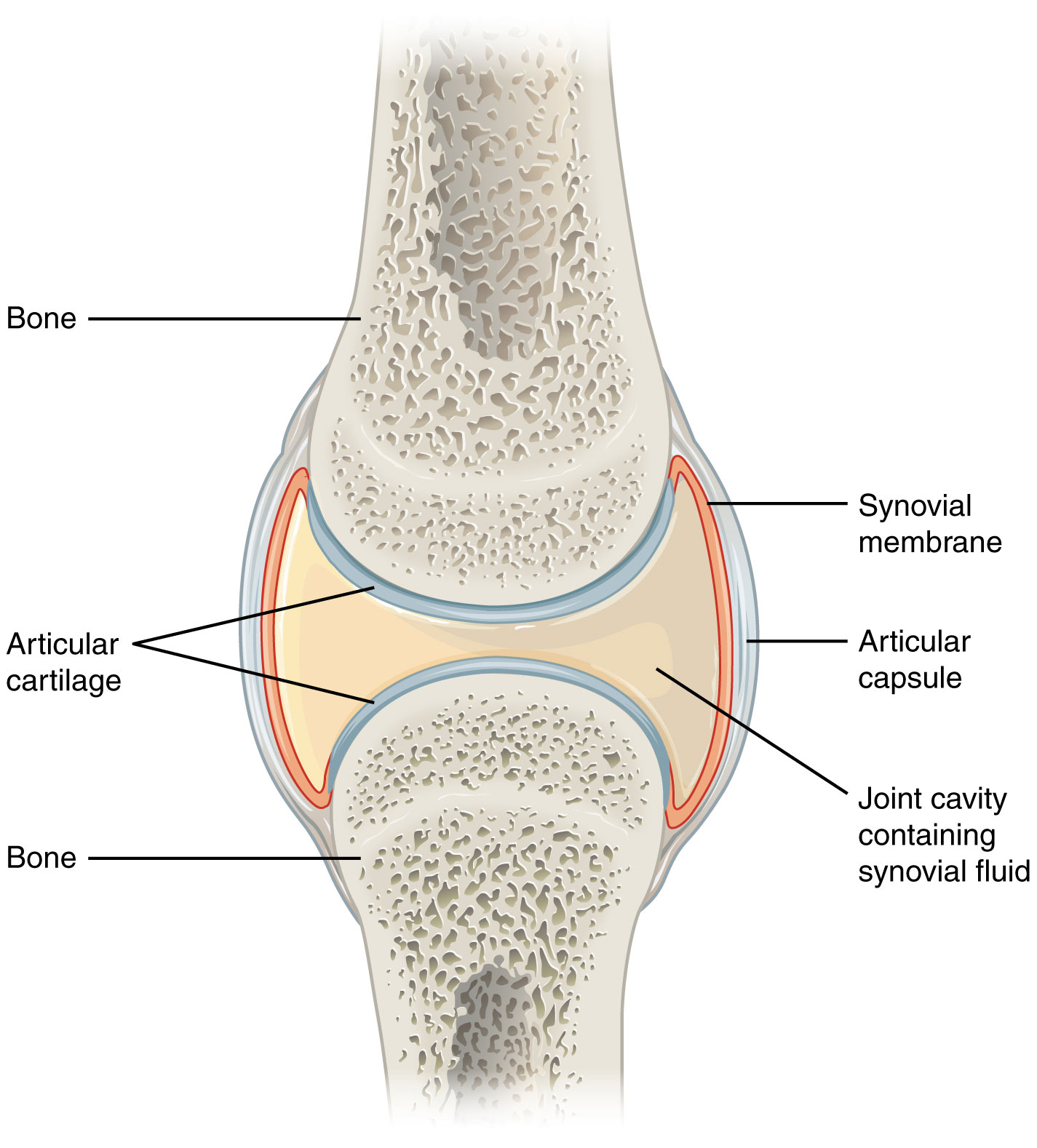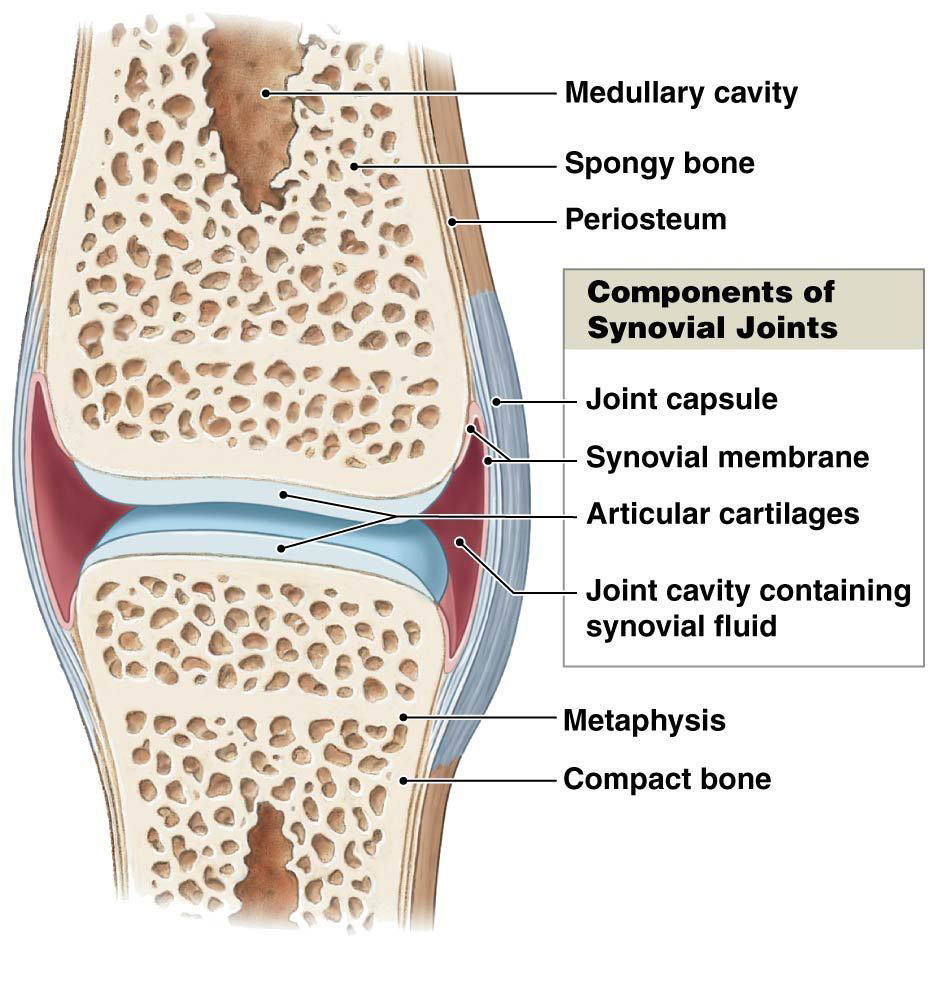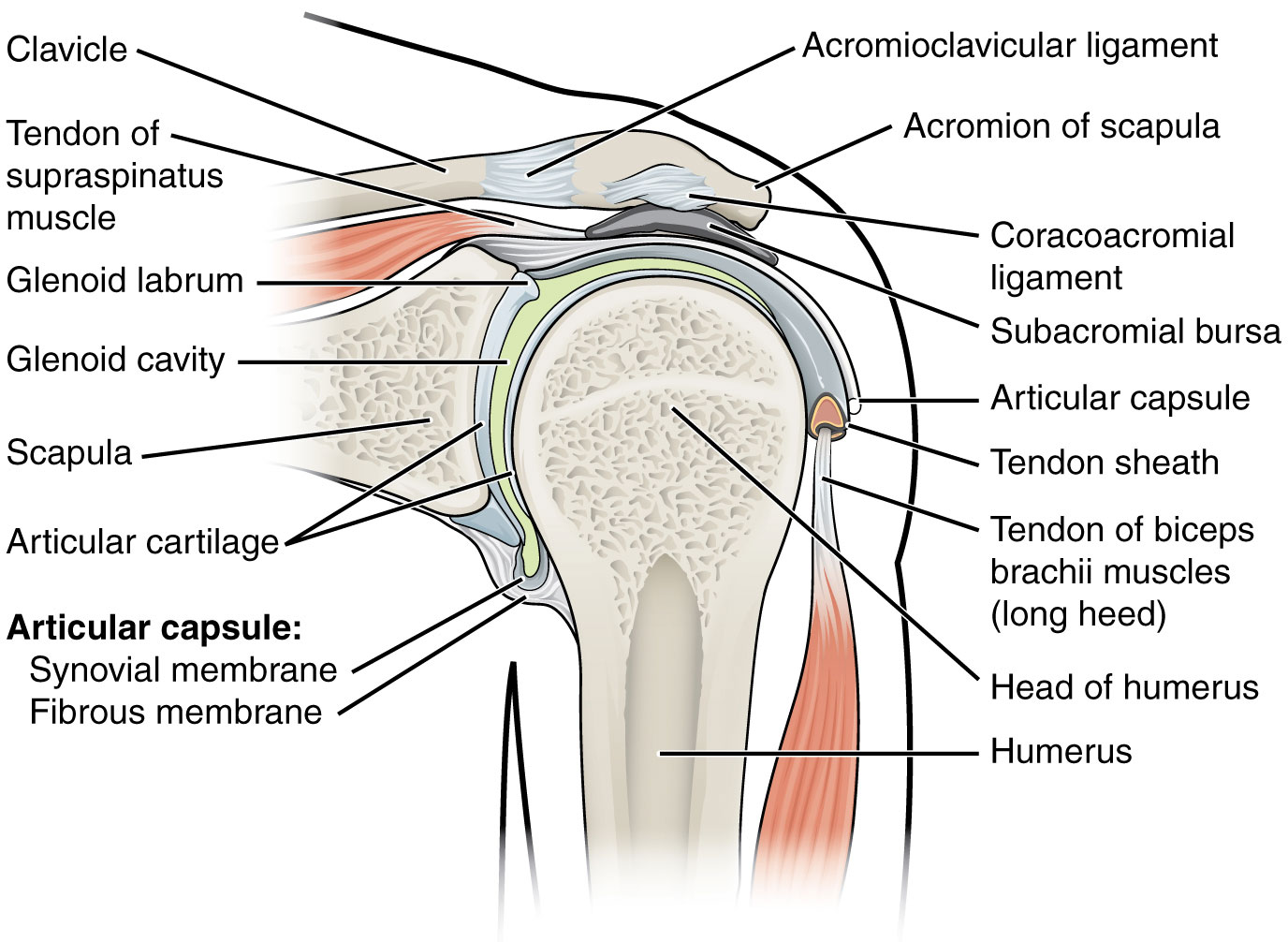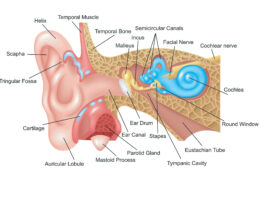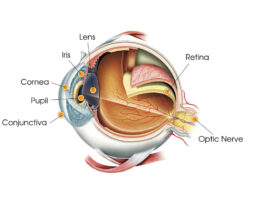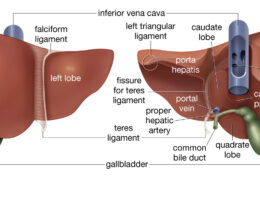Synovial joints are movable joints that are found in the body, such as the knees, elbows, and fingers. They are characterized by the presence of synovial fluid, which lubricates the joint and reduces friction between the bones.
- Synovial membrane – a thin layer of tissue that lines the joint cavity and produces synovial fluid.
- Synovial fluid – a clear, viscous fluid that lubricates the joint and provides nutrients to the articular cartilage.
- Articular cartilage – a smooth, rubbery tissue that covers the ends of the bones and helps to reduce friction during movement.
- Joint cavity – the space between the bones where the synovial fluid is located.
- Meniscus (in some joints) – a C-shaped piece of cartilage that acts as a shock absorber and stabilizes the joint.
- Ligament – a strong band of connective tissue that connects bone to bone and helps to stabilize the joint.
- Tendons – tough bands of connective tissue that attach muscle to bone and allow for movement of the joint.
